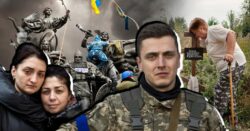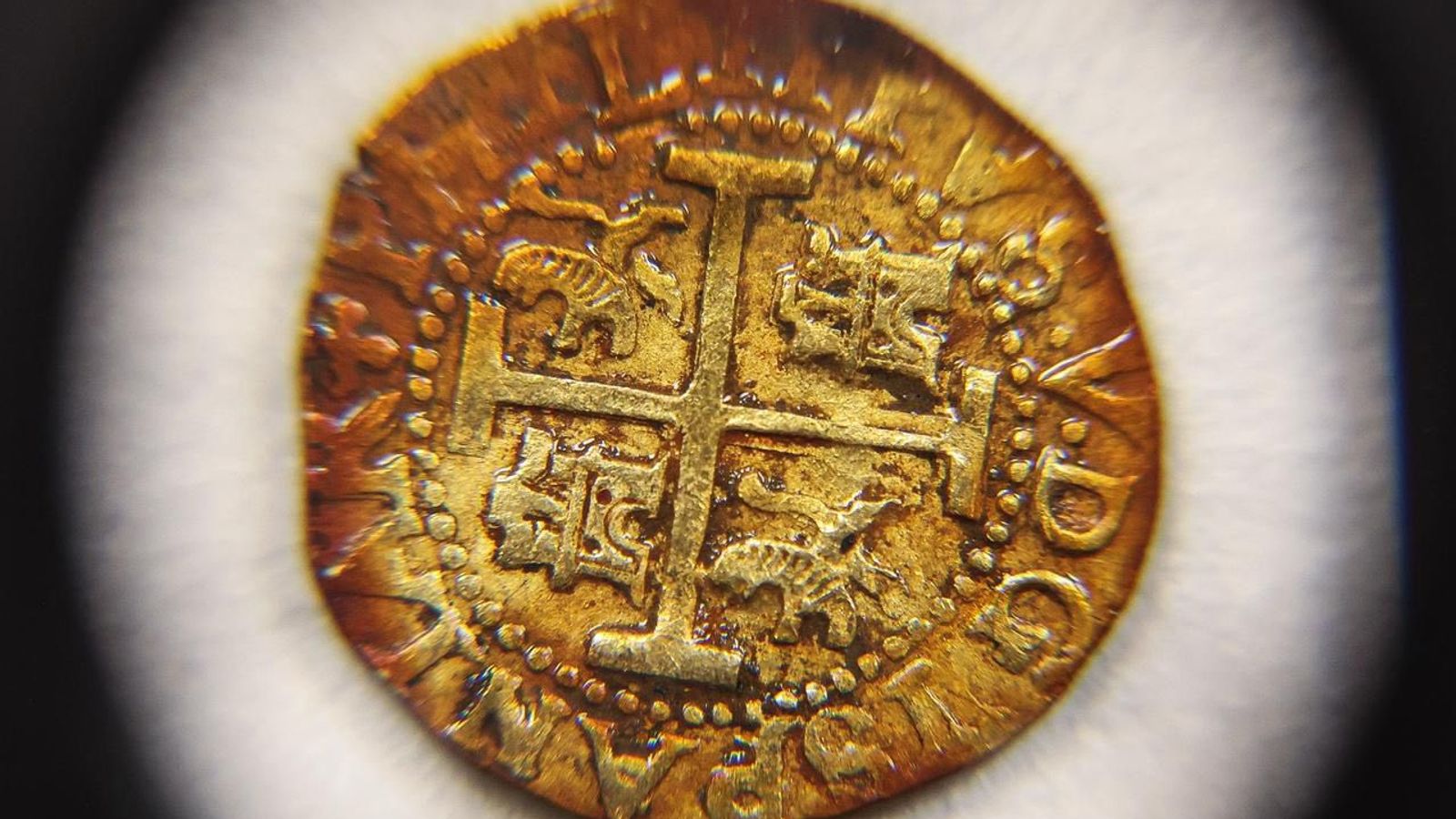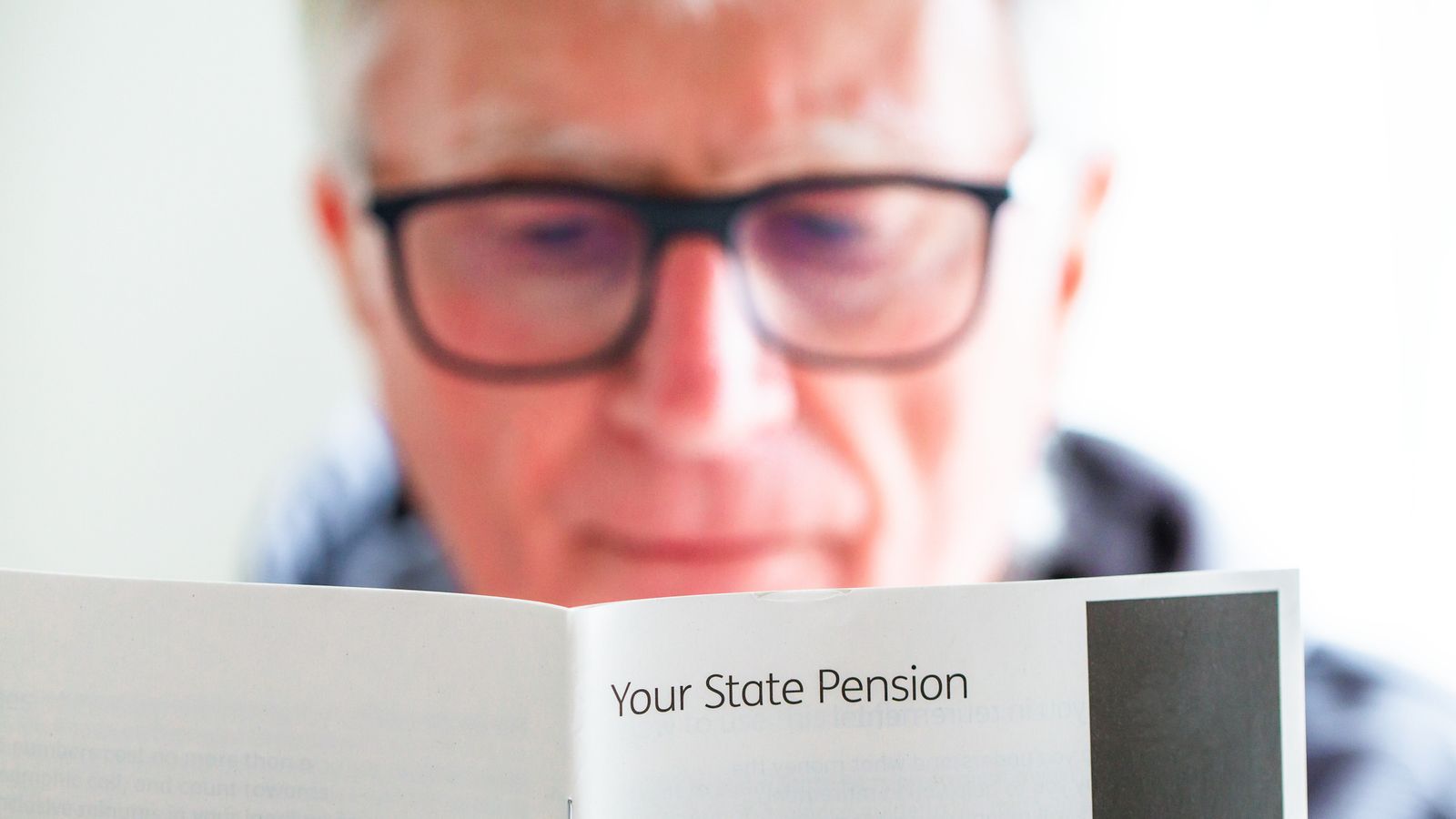The eight-year span of the conflict in Ukraine has been captured in a series of images taken of those whose lives have changed forever (Picture: Anastasia Taylor-Lind/IWM)
A Ukrainian soldier gives a flicker of a smile amid the exhaustion of the war with Russia.
Carefully holding his rifle, Yevgen Shulga is among the civilians who have taken up arms in what was once a ‘forgotten war’ in the distance of the world’s gaze.
The soldier, who serves with the 53rd Independent Rifles Battalion, is among those whose stories represent ‘the path of Ukraine’ over the past eight years.
His call of duty stems back to the pro-European Revolution of Dignity in 2014, which focused on Independence Square in Kyiv, when he was wounded by the Berkut special police.
In February, the 35-year-old, whose eyes show the toll of frontline duty, was among the first to volunteer when Vladimir Putin launched the full-scale invasion of Ukraine.
The portrait was taken by internationally-renowned photojournalist Anastasia Taylor-Lind and features in a new exhibition at the Imperial War Museum (IWM) North in Manchester.
Entitled Ukraine: Photographs from the Frontline, the display features 17 pictures from her collection, taken in the country between 2014 and June 2022, when she returned from her latest visit.
Ms Taylor-Lind told Metro.co.uk: One of the things I wanted to highlight was that the war we are seeing today started after the Maidan Revolution in 2014.
Yevgen Shulga looks tired but resolute as he stops for a picture (Picture: Anastasia Taylor-Lind/IWM)
‘In the narrative of the exhibition, I cover the Revolution of Dignity and those eight long years of conflict in Donbas up to the full-blown Russian invasion in the present day.
‘Between then and now, I have been working on the frontline of what had become known as the forgotten war as the attention of much of the world’s media turned elsewhere.
‘The exhibition shows excerpts from many of my projects in Ukraine over the years but I hope it gives a bit more tenderness towards the people I have photographed.’
Ukraine’s indomitable spirit is also shown in a photograph showing activists gathered by a monstrous pall of smoke at a landmark monument in Kyiv’s Independence Square.
Five years on, a more intimate moment is captured with Anna Dedova shown resting her head on a wooden grave marker for her son in the eastern Donbas region.
An excavation of bodies from a mass grave is another of the cruel realities of war that has been framed by Ms Taylor-Lind during her spells in Ukraine. Natalia Lukyanenko, whose son was killed when Russian forces occupied Bucha, near Kyiv, holds a hand to her head as she looks on.
Smoke billows from burning tyres as activists take part in the 2014 Maidan anti-government protests (Picture: Anastasia Taylor-Lind/IWM)
Sisters Lyudmyla and Nelya Tkachenko, who fled Ukraine in early 2022, are shown in another of the images, which illustrate the stoicism and hope of the nation’s people.
The exhibition struck a deep chord with Alina Kostrubitska, 32, who is staying with a British host family in Manchester after leaving Kyiv, where she worked as a wedding host and television journalist.
‘When you come into the hall with the photographs on the walls, you feel the silence and a lot of sadness, especially because of the people’s eyes, which watch you through the photos,’ she said.
‘Yevgen is the main hero of the exhibition, which reminds us that the war in Ukraine began eight years ago when Russia invaded Crimea.
Sisters Lyudmyla and Nelya Tkachenko pictured in March 2022 at a temporary refugee camp in Poland as they joined millions of people fleeing the war (Picture: Anastasia Taylor-Lind/IWM)
‘He worked in software development outsourcing and led a happy life as a husband and father before the full-scale war. He volunteered for military duty on the second day and his experience symbolises the path of Ukraine during the battle with Russia.
‘The photos are made all the more real because they tell the stories not just through the emotions you feel while looking at them, but also because of the quotes of the people.
‘For me, it was like I could imagine and hear their voices in my head.
‘It was very powerful.’
Anna Dedova at the grave of her son who accidentally killed himself with a hand grenade he found near his home in Donbas (Picture: Anastasia Taylor-Lind/IWM)
Also feeling the weight of emotion was Paul, 68, who came to Manchester from Bristol for a few days.
‘It’s a very moving exhibition,’ he told the Ukrainian journalist. ‘I feel a little bit depressed. I don’t know what to say. There is a big story behind every picture. It’s very difficult.’
Heather, 25, from Manchester, also shared her response in the exhibition hall.
‘This is much more artistic than on the news,’ she said. ‘It makes it more relevant because you see the intimacy of what’s going on. You see real emotions in the people’s faces. It means more.’
Ian, 60, from the Channel Islands, responded: ‘In the UK news it has been moved down. People need to know it’s still happening, as people are still dying in Ukraine.
‘Stuff like this makes you think a little bit more.’
A mother whose son was killed during the Russian occupation of Bucha watches authorities excavate a mass grave in the grounds of a church (Picture: Anastasia Taylor-Lind/IWM)
Perspectives from those on both sides of the camera feature in the window on the nation’s struggle.
While in the war zone, the photographer worked alongside long-term collaborator and friend, Ukrainian journalist Alisa Sopova, whose voice is heard throughout the exhibition.
‘I’ve been reporting on the effects of violence on ordinary people’s everyday lives in Ukraine since 2014,’ Ms Taylor-Lind said. ‘I’m grateful to IWM for giving these photographs a space where they can reach an audience far away from the war. I hope they can illuminate the ways, sometimes small and sometimes big, in which Ukrainians continue to live, adapt and build futures, despite violence and instability.
‘IWM has curated years of work into an edit offering a snapshot of the many stories I’ve witnessed that document individual courage and optimism in the face of great challenges.’
The Grinik family who live 50 meters away from a Ukrainian frontline military position in Donetsk spend time in their garden (Picture: Anastasia Taylor-Lind/IWM)
The storied images are presented in three sections including the 2014 protests in Kyiv, the ongoing conflict for individuals living in eastern Ukraine, and the current full-scale war.
Greg Brockett, curator of contemporary conflict at the museum, said: ‘At IWM we understand only too well the tragic and devastating effects of war. Anastasia’s photographs bring into sharp focus the impact of Russia’s war on Ukraine, a conflict which has torn apart the lives of countless individuals.
‘We hope that this exhibition offers a personal and visually arresting perspective on a conflict which has had an enormous impact beyond what we see in the news headlines and online.’
Ukraine: Photographs from the Frontline is a touring exhibition running from 14 October 2022 – 2 January 2023 at IWM North and from 3 February – 7 May 2023 at IWM London.
Do you have a story you would like to share? Contact [email protected]
For more stories like this, check our news page.
Ukrainians whose lives have been changed forever by the conflict with Russia feature in a powerful new exhibition.





